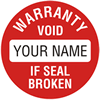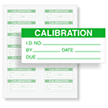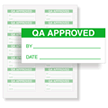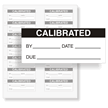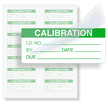- Home
-
Custom QC Labels
-
- Custom QC Labels
- Custom ISO Labels and Tags
- Condition Labels
- Void Seals
- Status Labels
- Wrap Around Labels
- Custom GMP Labels and Tags
- Standard Calibration Labels
- General Void Seals
-
-
Inspection QC Labels
-
- Inspection QC Labels
- Preventive Maintenance Labels
- Verification Inspection Labels
- Do Not Use Inspection Labels
- Hold For Inspection Labels
- Passed Inspection Labels
- Punch Out Inspection Labels
-
- Calibration QC Labels
-
QC Labels by Legend
-
- QC Labels by Legend
- Warranty Labels
- QA / QC Approved Labels
- Calibrated Labels
- For Reference Only Labels
- Tested Labels
- Shelf Life Labels
- Out of Service Labels
- Repair / Rework Labels
- Batch No. Labels
- Validation Labels
- Serial Number Labels
- Calibrate Before Use Labels
- Rejected Labels
-
-
QC Labels by Material
-
- Self-Laminating Labels
- Wrap-Around Calibration Labels
- Self-Laminating Calibration Dots
- Aluminum Calibration Labels
- Destructible Calibration Seals
- Quality Control Signs
- Void Calibration Labels
- Grab-a-Labels™ in Dispenser Box
-
No Result Found!
TRENDING SEARCHES
Recently Viewed


